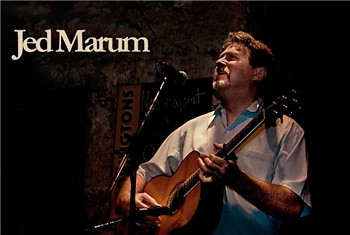Here are the lyrics for another of Jed Marum’s songs from his wonderful new CD, Sands of Aberdeen. This beautiful and moving song is entitled, “The Way Your Earth Moves” and was composed by Jed.
The Way Your Earth Moves, (c) Jed Marum 2008
I love the way your earth moves
When the sun is low in the sky
When low the light-fall shades the earth
And colors run the sky
I love the way your earth moves
As I pass along my way
It’s just a little bit of heaven
I can show my children every day
I love the way the clouds roll
Into the setting of the sun
In a silent blaze of glory
Another day is done
I love the way your earth moves
At the closing of the day
It’s just a little bit of heaven there
To show my children every day
BRDG -And when my time on earth is done
My light fades like the colors of the sun
Raise up my song along the way
It’s just a little bit of heaven there
To show my children every day
I love the way your people
Wander in and out of light
And short their days are numbered
As they travel through this life
I love the way your people
The ones I’ve loved along the way
Brought a little bit of heaven
I can show my children every day
My Scottish Children’s Picture Book and My School Programs
Here is a little ad about me appearing in the Forum Magazine in Shreveport! The magazine has also indicated interest in an interview.


